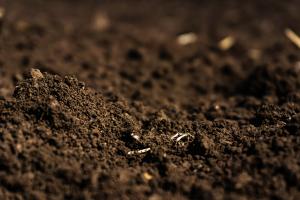How Often to Fertilize Snake Plant
Introduction
Snake plants, also known as Sansevieria, are popular houseplants that require minimal care. They have the ability to purify indoor air, making them great additions to any home or office. However, just like any other plant, snake plants need nutrients to grow and thrive. This raises the question of how often one should fertilize these plants.
Factors to Consider
The frequency of fertilization for your snake plant will depend on various factors such as the type of fertilizer you use, the age of your plant, and the environmental conditions around it. Generally, snake plants do not require frequent fertilization, and too much fertilizer can cause harm to them.
Type of Fertilizer
When it comes to fertilizing your snake plant, ensure that you use a slow-release fertilizer or a liquid houseplant fertilizer. Slow-release fertilizers are good as they release nutrients over a longer period, meaning that you will not have to fertilize your plant as often. On the other hand, liquid fertilizers are easy to apply, and they will provide your plant with an instant nutrient boost. You can use any of these types of fertilizers every 2-3 months.
Age of Your Plant
The age of your snake plant will significantly affect its fertilizer needs. Newly potted snake plants do not require fertilization in the first six months, since they usually have sufficient nutrients in the potting soil. However, for mature snake plants that have been growing for over a year, you can fertilize them once every three months during the growing season (spring and summer). During the dormant season (fall and winter), you don鈥檛 need to fertilize your snake plant at all.
Environmental Conditions
Environmental conditions, such as lighting, temperature, and humidity, can also affect how often you should fertilize your snake plant. For instance, if your plant is located in bright but indirect light, it will likely grow faster and therefore require more nutrients. Similarly, if the temperature and humidity levels in your home are high, then your snake plant will also require more fertilizer. Therefore, you might consider fertilizing your plant every 2 months instead of every 3 months.
Conclusion
In summary, how often you should fertilize your snake plant depends on various factors, including the type of fertilizer you use, the age of your plant and the environmental conditions around it. It is important to note that snake plants are low-maintenance plants that can tolerate long periods without fertilizer. Therefore, it is advisable to err on the side of caution and under-fertilize rather than over-fertilize. With proper care, your snake plant will thrive, remaining a beautiful and healthy addition to your home.

 how many times do yo...
how many times do yo... how many planted tre...
how many planted tre... how many pine trees ...
how many pine trees ... how many pecan trees...
how many pecan trees... how many plants comp...
how many plants comp... how many plants can ...
how many plants can ... how many plants and ...
how many plants and ... how many pepper plan...
how many pepper plan...




























